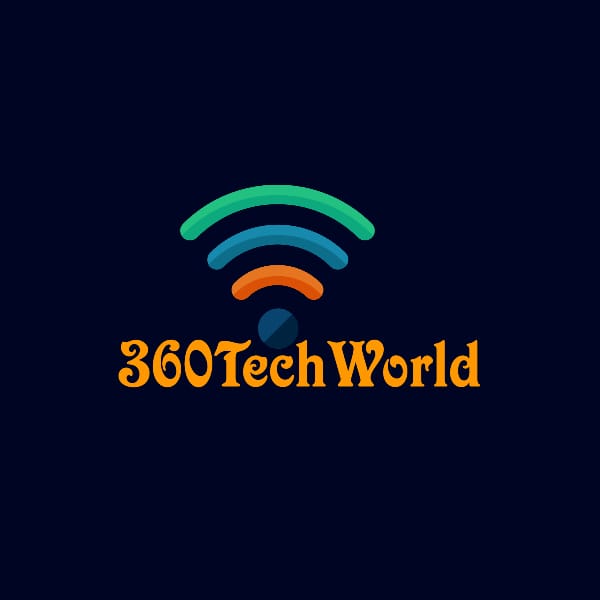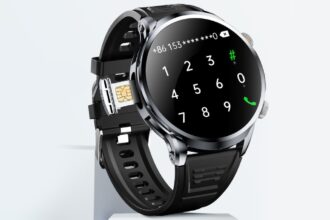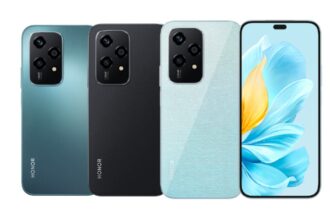The answer to this problem has been found with its latest mid-range smartphone, Oppo Mirror 3.
Oppo has provided an 8-megapixel camera in the Mirror 3 product, which is equipped with a backside-illuminated (BSI) Sony IMX179 sensor. This sensor is known for its excellent performance in low light. On the other hand, the specifications of Oppo Mirror 3 are less than expected, at least on paper, considering its price. We spent some time with this device to find out if the camera performance is good enough to be worth it.
This product should be purchased.
![]()
Look and design
We like the design and attention to detail that Oppo has put into the smartphone. Even though the Mirror 3’s design isn’t that different from other candybar phones, it does look premium for its price. Most importantly, the smartphone is a little smaller, which is a nice change considering that we’re used to using phones with 5-inch screens and above these days. We were able to pull it out of our pockets quite easily and use it with just one hand. The fact that the phone has a slightly curved back makes it more comfortable to hold.
![]()
Oppo Mirror 3 is a compact phone. Its dimensions are 137.7×68.8×8.9mm and weight is 130 grams. The body of the phone is made entirely of plastic, but it looks quite sturdy. However, cheap plastic has been used to make the power button and volume rocker on the right side.
When we pressed these buttons, we felt like they would break, because of the distinct click sound. The micro USB port and the microphone for phone calls are located at the bottom of the phone. On the other hand, the 3.5mm audio port is located at the top of the phone. There is another microphone at the top that is used to record sound during video capture. There is also an infrared emitter.
![]()
There are capacitive buttons at the bottom of the screen, through which you can navigate in the operating system. The earpiece, light sensor and front camera are made above the screen. The rear has a textured look, but there is a gloss coating on it, due to which it looks smooth to touch. There is a metallic ring around the camera and flash. There are seven small machined holes at the back of the phone for the speaker. The battery compartment, two micro SIM card slots and a microSD card slot are made inside the rear cover.
Specifications and Software
Talking about the features, we had told you that Oppo Mirror 3 does not have any new specifications. The phone has a 1.2GHz quad-core Qualcomm Snapdragon 410 SoC processor, which has integrated Adreno 306 graphics. The phone has 1GB RAM and 8GB internal storage. 8GB may seem less to you, but you can increase it up to 128GB via microSD card. Along with this, Mirror 3 can be connected via micro USB port.
Can work as a USB host. These are not all that impressive specifications as other smartphones priced below this are equipped with Snapdragon 410 SoC processor and 2GB RAM is a common feature these days.
![]()
The 8-megapixel rear camera of Mirror 3 has an aperture of f/2.0, 5P lens and blue light sensor. The 5-megapixel front camera can be used to take selfies. Only one SIM card can be used to connect to 3G network. Talking about other connectivity options, the phone has infrared, Bluetooth 4.0 and Wi-Fi a/b/g/n options. The phone has a 2,000mAh battery.
The 4.7-inch IPS LCD panel has a resolution of 720×1280, while its pixel density is 312ppi. The screen has Corning’s Gorilla Glass 3 protection. The phone’s display is bright and the color saturation is also fine. The screen works well in viewing angles and direct sunlight. Anyway, Oppo has rarely disappointed with the display of its phone. But there is one thing, some people may say that at this price
The display specifications of this phone are below average compared to other smartphones in the range.
![]()
Oppo has used its Color OS 2.0 skin on top of Android 4.4.4 KitKat. Not using the Lollipop operating system is a big drawback for the Mirror 3. Color OS 2.0 is quite polished, clean and light, but it is nowhere close to Android. Color OS 2.0 has some improvements and a few tricks added, but these are not exclusive to this product. For instance, we can see the status bar being a bit more stylish and more stylish.
We can monitor the speed of our 3G connection. Gestures and motion tricks also worked well most of the time. Oppo has also given users the option to change themes according to their choice.
Camera
The camera app has a variety of features and modes are also present within the app, which users can add and remove according to their preferences. HDR, Panorama and Expert modes are also present. However, this app has unique features like Colorful Night, Double Exposure and GIF. Through Colorful Night mode, the color of the photo taken in low light can be improved. Through double exposure, you can take two photos and put one on the other
You can superimpose images on top of each other to create artistic effects. GIF mode lets you create moving pictures. Photos taken in normal light showed every detail and weren’t pixelated. However, the overall tone was warmer than we would have liked.
![]()
You will need to use HDR to prevent the photo from being overexposed. Tip: Contrary to popular belief, you get better photos in the shade than in bright sunlight.
![]()
In low light, the BSI sensor does a good job and we got some great shots. Noise is noticeable in these photos, but it is much better than photos taken with other smartphone cameras. In fact, the camera’s low light performance is at par with the Huawei Honor 6 Plus, which is a great achievement in itself.
![]()
The 5-megapixel front camera does a great job of taking selfies, there is no need to apply beautify effects. The 1080p video captured with the camera did not live up to expectations, especially as many areas were underexposed despite proper lighting.
![]()
Performance
We have no complaints about the performance, but Mirror 3 is not a powerhouse at all. It handles basic tasks well but as soon as any intensive task is given to it, it starts lagging. This shortcoming was clearly visible while playing the graphics heavy game Asphalt 8.
![]()
In AnTuTu and GFXbench tests, the Mirror 3 scored 19,840 and 10,974 respectively, which is slightly lower than the test results of other smartphones built on this SoC. In the graphics benchmark test 3DMark Ice Storm, the phone scored 5,236, while in the GFXbench test, the phone gave a result of 9.5fps.
The Mirror 3 had no issues playing videos. It also played heavily encoded sample footage at 40Mbps. The speaker is loud enough and the bundled earphones are good enough for general use. The sound quality is good during phone calls and we did not face any call drops. The battery lasted 8 hours and 1 minute on the video loop battery test, which is 1.5 hours.
The phone was a bit surprising with a 2,000mAh battery capacity.
![]()
Our verdict
The Oppo Mirror 3 is priced at Rs 16,990, which is a little high compared to the value of the product. However, the primary camera can take great photos in low light and this feature should attract many buyers. You should buy this phone only if you want to use it for taking photos or if you want to use the phone as an infrared remote control for your other electronic devices.





